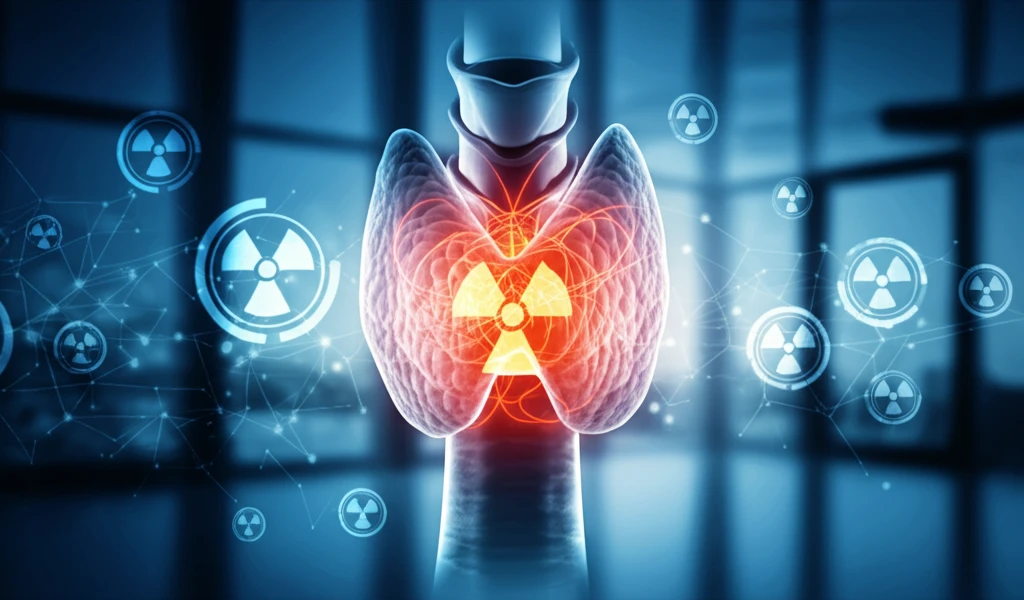
Thyroid Cancer and Radiation Exposure: What You Need to Know
"A Case Study Reveals the Link Between Occupational Radiation and a Rare Thyroid Cancer"
Thyroid cancer is a relatively rare malignancy, but its incidence has been increasing in recent years. While several factors can contribute to its development, including genetics and iodine deficiency, exposure to radiation is a well-established risk factor. A recent case study highlights the potential link between occupational radiation exposure and a rare and aggressive form of thyroid cancer known as epithelioid angiosarcoma (EAS).
Angiosarcoma of the thyroid is an extremely rare tumor, accounting for less than 1% of all thyroid malignancies. It is characterized by its aggressive behavior and poor prognosis. While the exact cause of thyroid angiosarcoma is unknown, it has been associated with iodine deficiency and, notably, radiation exposure.
This article delves into a fascinating case study that explores this connection, offering insights into risk factors, diagnosis, treatment, and potential preventative measures.
Unveiling the Case: Radiation Exposure and Thyroid Cancer

Researchers reported the case of a 63-year-old interventional cardiologist who developed primary epithelioid angiosarcoma of the thyroid. What made this case particularly interesting was the patient's 15-year history of working in an angiographic room, exposing him to occupational radiation. The patient, who lived in a non-iodine-deficient area and had no prior history of thyroid disease, presented with rapid onset of dyspnea and dysphonia.
- Diagnosis and Staging: The patient's diagnosis involved a combination of imaging techniques (CT scans) and pathological examination of tissue samples obtained through fine-needle aspiration and surgery. Staging revealed that the tumor was confined to the thyroid, with no evidence of lymph node metastases.
- Treatment: Following surgery, the patient received chemotherapy with Epirubicin and Ifosfamide. However, treatment was discontinued after four cycles due to significant bone marrow toxicity.
- Follow-up: Remarkably, the patient remained alive and free of disease 62 months after the initial diagnosis. Follow-up CT scans of the neck, chest, abdomen, and pelvis revealed no signs of metastases.
The Takeaway: Awareness and Prevention
While this case study provides valuable insights into the link between occupational radiation exposure and thyroid angiosarcoma, further research is needed to fully understand the underlying mechanisms and identify effective preventative strategies. Raising awareness among healthcare professionals and individuals working in potentially hazardous environments is crucial for early detection and prevention.
